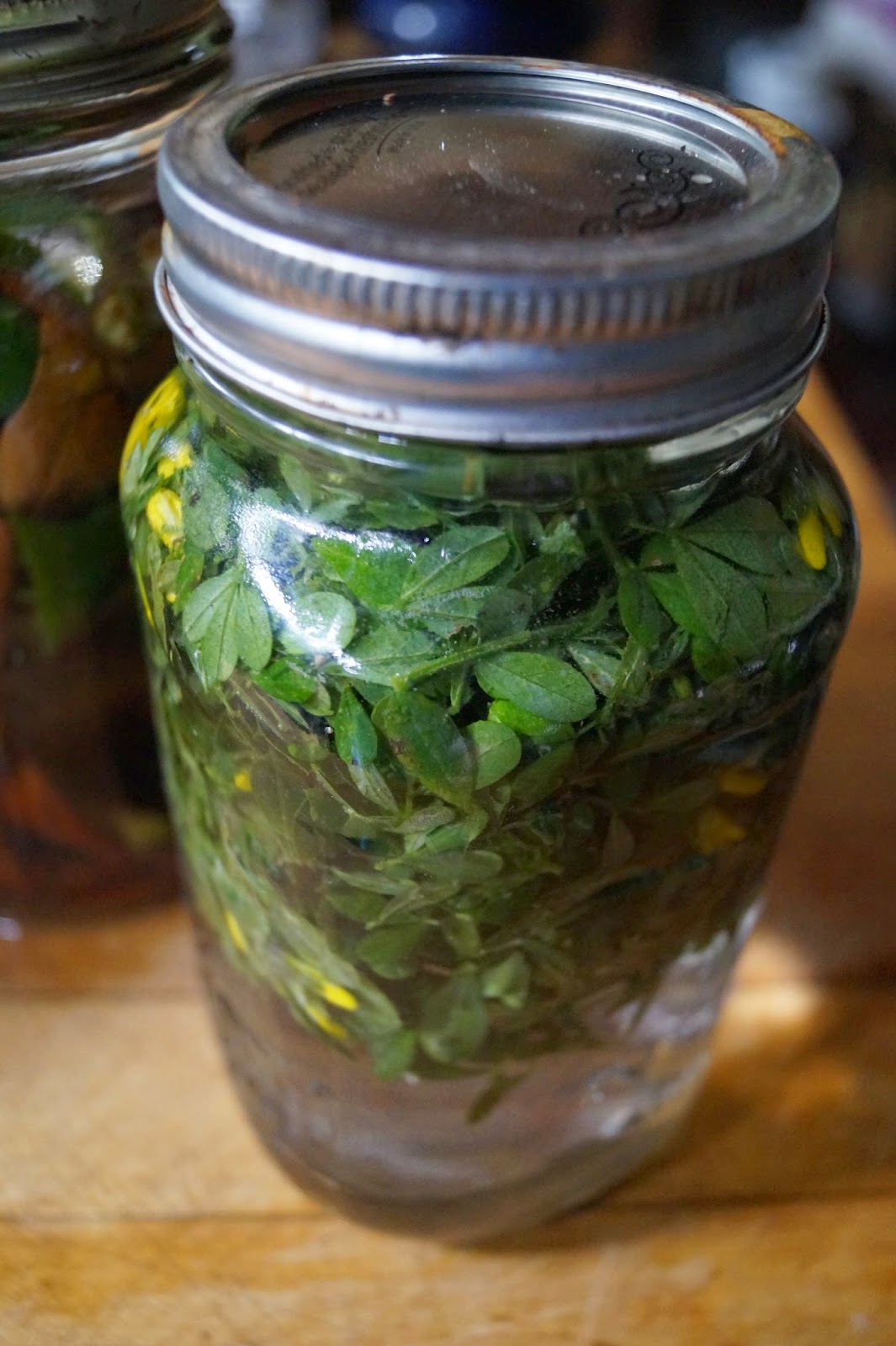Saturday, December 19, 2015
Tuesday, July 28, 2015
milky merino wool fabric
site for nice merino fabric from Australia
http://www.milkymerino.com/page4.htm
http://www.milkymerino.com/page4.htm
Monday, March 16, 2015
Rust Dyeing on the Coast
Sept
9….Rust Dyeing Workshop with
Lisa Grey cotton, silk, polyester, paper---spray surface with vinegar,
press, press press rusted objects onto surface, cover with plastic, lay in
sun, paint with tea solution (guar gum tea solution after, or lemon juice
guar gum)
|
Gardens and Weddings a colorful Yarn
Leftover plants from Wedding bouques yield some lovely color
Grevillea robusta leaves...alum mordant
Canned Spring Dyebaths
Many times I find great botanical materials, but I am not set up to use them right away. I had this idea today that maybe canning them would preserve the dye color for future use. I put the plant material and a Tbsp. of vinegar in a jar and filled it with water. They are now boiling for 10 minutes in a canner. I am hoping that this will preserve them, render the color, and keep them from fermenting until I am ready to use them. I put a skein of alum mordanted wool in the one with the Scotch Broom flowers.
India Flint has used the canning method for dyeing material..I have tried that, but sometimes the plants come before the material is ready to be dyed.

India Flint has used the canning method for dyeing material..I have tried that, but sometimes the plants come before the material is ready to be dyed.
4 jars ready to go in the canner
Skein of wool with Scotch Broom flowers
Scotch Broom Leaves
Loquat Leaves....Green, Brown, Yellow
Bronze Fennel Leaves
After the 10 minute boiling...left to right, Scotch Broom Leaves, Loquat, Wool and Scotch Broom flowers, Bronze Fennel

I hope the colors will deepen as the jars sit, and that the plant material will not start to compost. We'll see. The bronze fennel seems to be a beautiful copper bronze, but it will probably change. I see already that I need to put more material in...really stuff the jars i.e. the jar with Scotch Broom Leaves.
I am hoping this will be not only a good way to preserve dye plants for awhile, but also an easy low-key method to experiment with various potential dye plants.
Subscribe to:
Comments (Atom)











